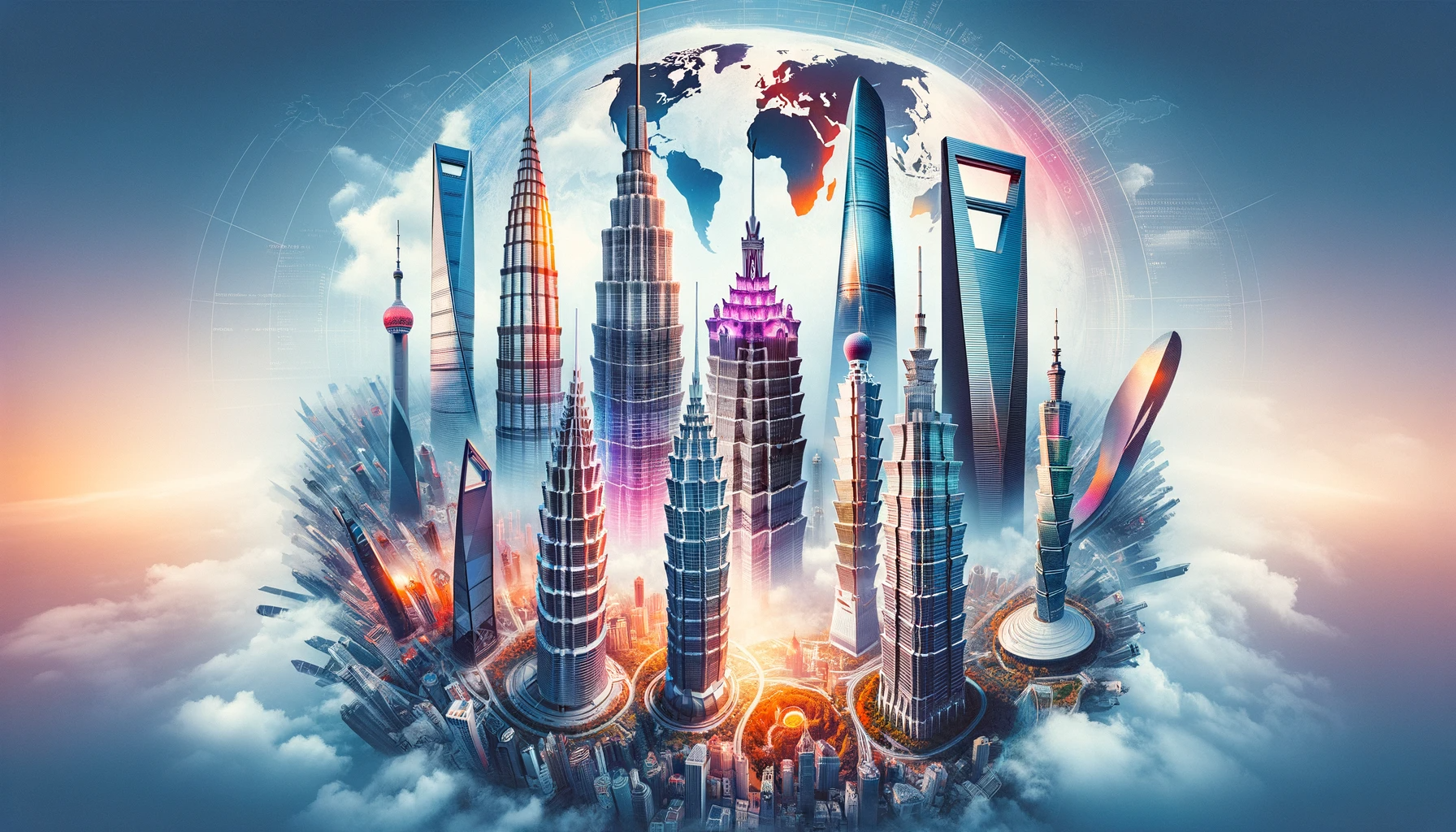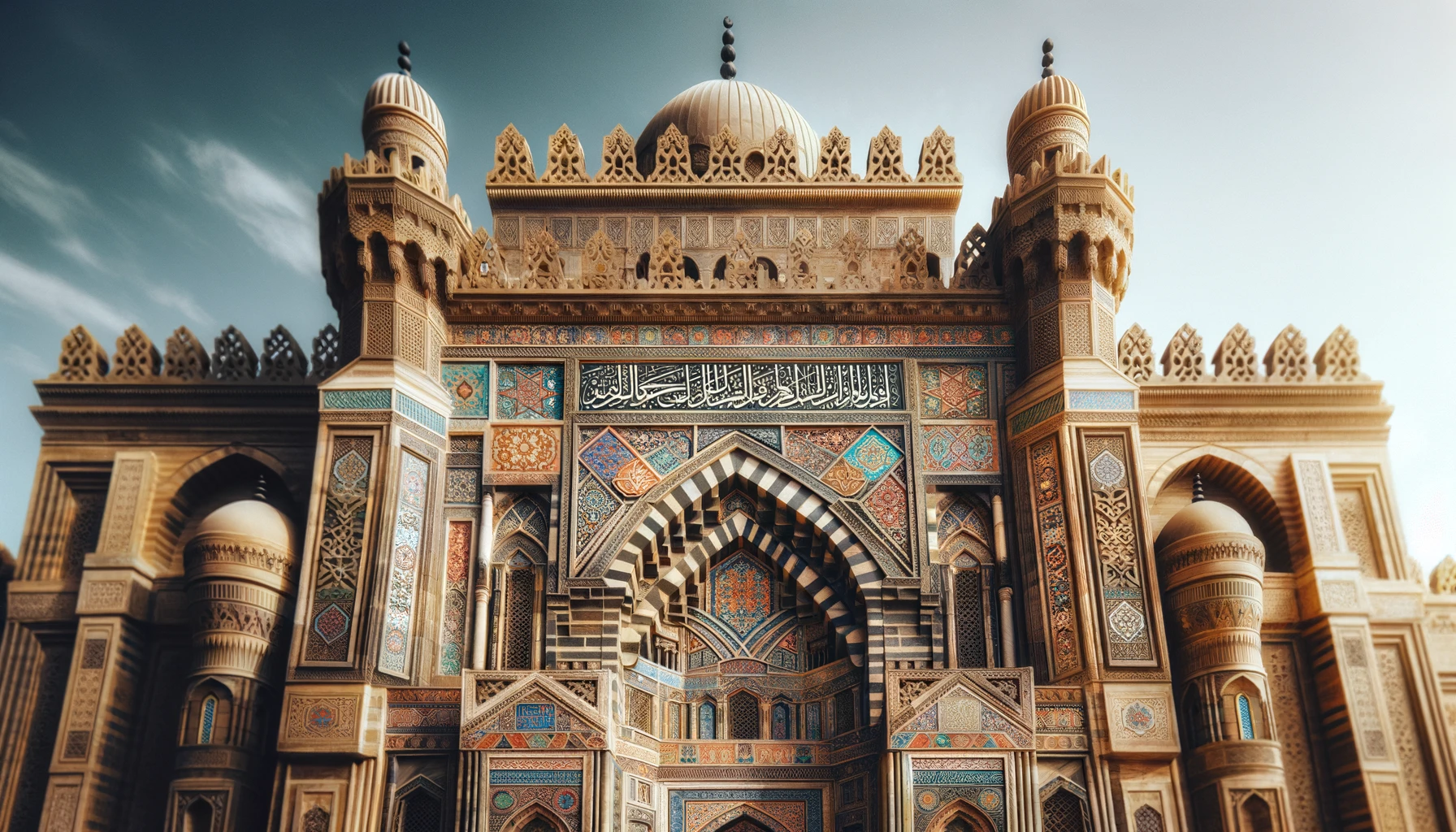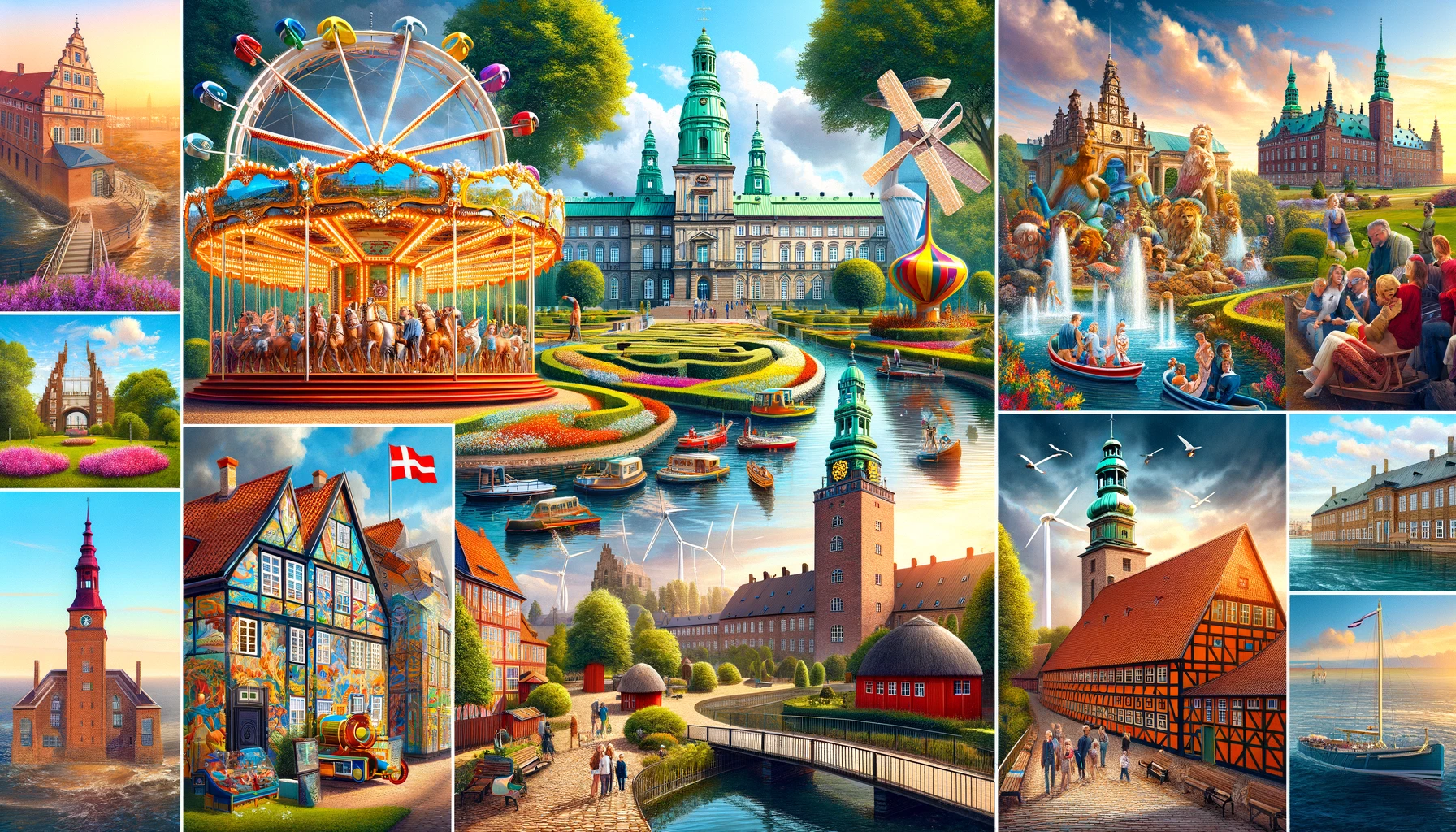top 7 largest islands in the world
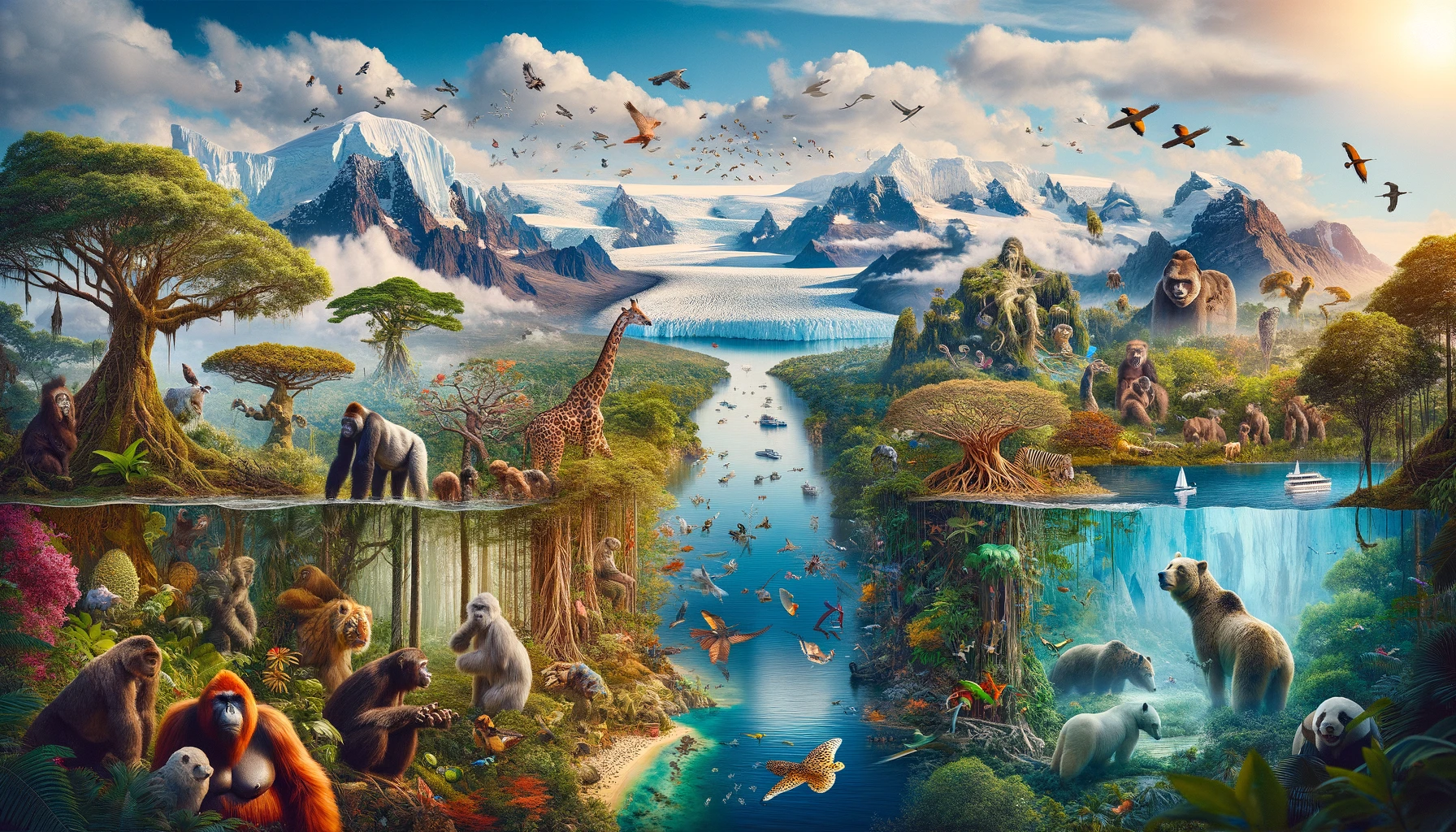
In the vast expanse of the world’s oceans, islands stand as solitary havens, each with its unique landscape, ecosystem, and cultural heritage. Among these are the giants – the largest islands on Earth, each telling a story of geographical marvels and human endeavor. This article embarks on a captivating journey to explore these magnificent islands, shedding light on their geographical significance, natural beauty, and the vibrant life they sustain.
Discovering Earth’s Titans: A Journey Across the Seven Largest Islands
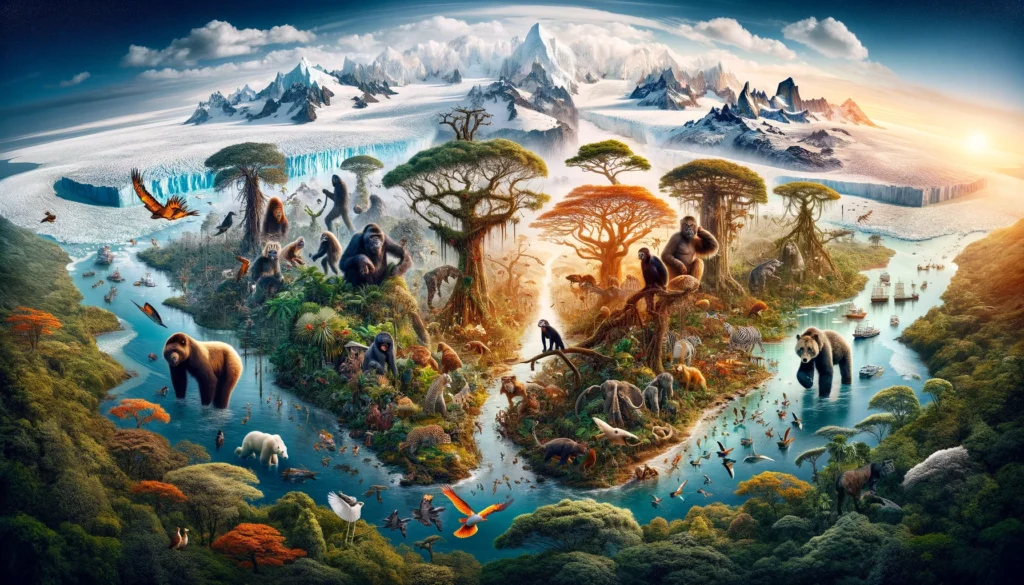

1. Greenland: The Arctic Titan
Dominating the list as the world’s largest island, Greenland stretches over an impressive 2.16 million square kilometers. Nestled between the Atlantic and Arctic Oceans, it is a land of stark contrasts, where ice fields coexist with lush greenery during the brief summer. Greenland’s ice cap, covering 80% of the island, is a critical study area for climate research, offering insights into global warming trends. The island’s rugged terrain and isolated communities offer a glimpse into the resilience of human cultures in extreme conditions.
2. New Guinea: A Biodiversity Hotspot
Second only to Greenland, New Guinea spans over 785,000 square kilometers, shared by Indonesia in the west and Papua New Guinea in the east. This island is a treasure trove of biodiversity, hosting one of the world’s largest rainforests after the Amazon and Congo. Its unique wildlife, including the renowned bird-of-paradise species, makes it a paradise for naturalists and researchers. The cultural diversity of New Guinea is equally fascinating, with over 1,000 indigenous languages spoken.
3. Borneo: The Heart of the Rainforest
Borneo, the third-largest island, is an ecological wonderland. Occupying about 743,330 square kilometers, it is the only island shared by three countries: Indonesia, Malaysia, and Brunei. Borneo is home to one of the oldest rainforests in the world, estimated to be about 140 million years old. It provides a habitat for endangered species such as the Borneo elephant, the Sumatran rhinoceros, and the elusive clouded leopard. Efforts to conserve its fragile ecosystems continue amid challenges of deforestation and habitat loss.
4. Madagascar: The Island of Endemics
Madagascar, the fourth largest island, is renowned for its unique flora and fauna, with 90% of its wildlife found nowhere else on Earth. This isolation has crafted a unique biodiversity, making it a key focus for conservation efforts. The island’s varied landscapes, from rainforests to deserts, offer a study in ecological diversity. Madagascar’s rich culture, influenced by Southeast Asian, African, Arab, and European settlers, adds to its allure as a destination for eco-tourists and cultural explorers.
5. Baffin Island: The Northern Wilderness
Rounding out the top five, Baffin Island, located in the Canadian Arctic Archipelago, spans over 507,451 square kilometers. It is a land of dramatic fjords, towering mountains, and expansive ice fields. Baffin Island is pivotal for Arctic research, with its diverse ecosystems and indigenous communities providing valuable insights into the impacts of climate change in northern latitudes.
6. Sumatra: The Indonesian Jewel
Sumatra, the sixth-largest island, covers approximately 473,481 square kilometers. It is an ecological gem within Indonesia, boasting diverse habitats from lush rainforests to expansive peatlands. The island is home to critically endangered species like the Sumatran tiger, elephant, and rhinoceros. Sumatra faces significant environmental challenges, including deforestation and habitat loss, highlighting the urgent need for sustainable conservation practices.
7. Honshu: The Heart of Japan
Rounding out the list, Honshu is Japan’s largest island, with an area of about 227,963 square kilometers. It is the political, cultural, and economic hub of Japan, home to the country’s capital, Tokyo, and other major cities like Kyoto and Osaka. Honshu features a varied landscape, from the Japanese Alps to its rugged coastline, and is known for its seismic activity, including frequent earthquakes and notable volcanoes.
Conclusion: Preserving Our Planetary Wonders
The seven largest islands of the world are not just remarkable for their size but for their invaluable contributions to global biodiversity, cultural diversity, and scientific research. These islands remind us of the beauty and fragility of our planet, urging a commitment to protect and preserve these natural wonders for future generations. As we continue to explore and understand these magnificent islands, let their stories inspire actions towards a more sustainable and conscientious stewardship of Earth’s resources.

